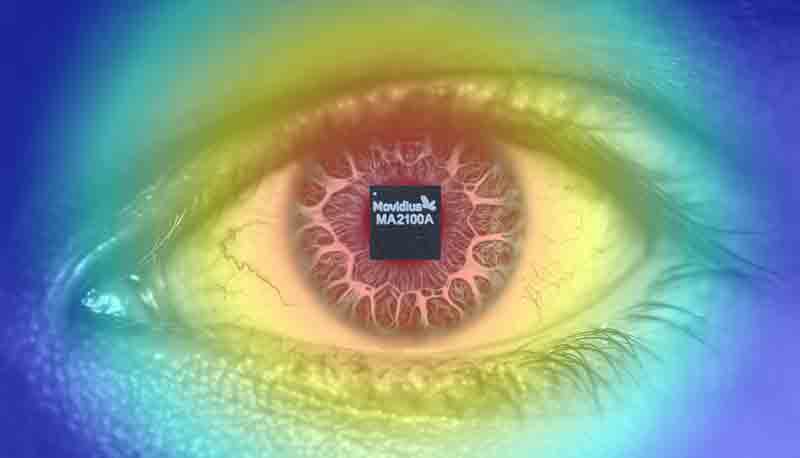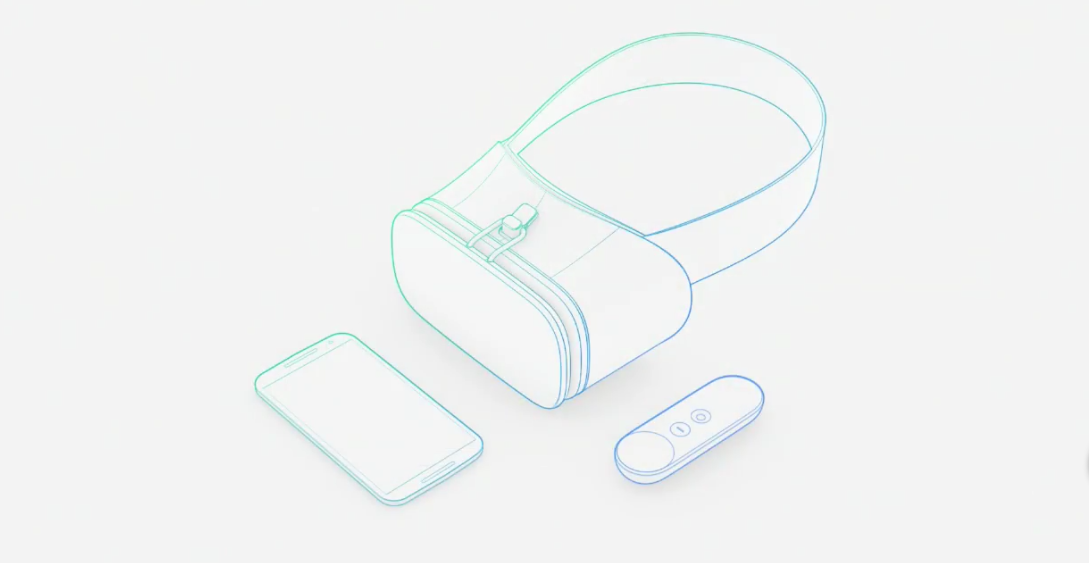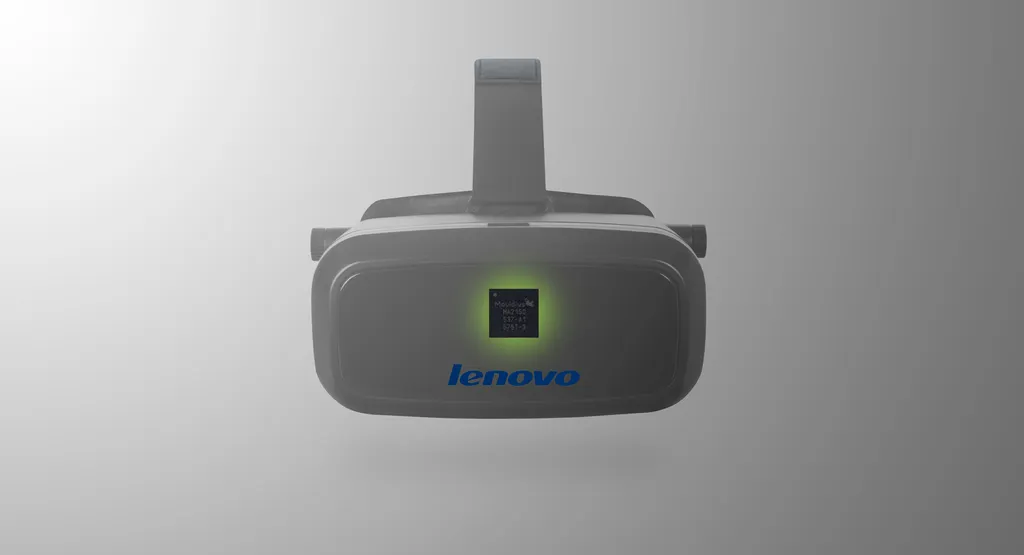Lenovo’s Google Tango Phone isn’t the only thing that VR and AR enthusiasts should be looking out for at Tech World this year. According to our sources, the company will be unveiling another, unannounced, wireless product “built from the ground up” for VR at the show… and it isn’t a phone.
Speaking with a spokesperson at Movidius, a startup focused on creating chips specifically to handle computer vision processing, we learned that the company has partnered with Lenovo to create a “variety of VR-centric Lenovo products” powered by Movidius’ Myriad 2 chip and the first one will be unveiled on stage this week.

Movidius, recently partnered with Google and has helped power the original Tango tablets with the first version of its chip, the Myriad 1. However, when asked whether Lenovo’s upcoming Tango phone was the ‘VR centric’ device they were referring to the spokesperson replied, “no, we are not talking about a Tango phone – we are talking about VR centric devices.” When pressed for clarification the spokesperson declared, “a phone is not a VR centric device… it may have some virtual reality functionality but that does not make it a VR centric product.”
While it doesn’t appear to be a phone based solution, it doesn’t appear to be a desktop based product either. When asked whether the VR device would be wireless Movidius’ spokesperson said “yes,” and added “it is a battery operated device” suggesting that it may be a standalone headset similar to the Pico or AuraVisor.
When asked whether the product would, in fact, be a stand alone VR headset Movidius’ spokesperson replied “we have designed Myriad exactly for headsets, that’s always been our pitch…. We are announcing they are using [it] for a suite of products, so the odds favour your speculation.”
Unlike those previous standalone devices, however, the presence of a Myriad chip adds the possibility for additional computer vision driven functionality. By taking a lot of the heavy lifting off of the CPU and GPU, Movidius’ Myriad 2 chip allows the device to perform the intense types of algorithmic calculations for things like finger and inside-out positional tracking on a mobile device. Whether Movidius or Lenovo has cracked the code for positional tracking on the software side remains to be seen, but the presence of the chip gives reason to hope for at least some functionality beyond what we have seen from headsets not named Rift, Vive or PSVR – perhaps something in the realm of eye tracking.

As for Lenovo’s anticipated Tango phone, it may not have much in the way of additional VR functionality. Lenovo showed off a ‘mobile solution’ at Tech World last year that was little more than a glorified Cardboard. It is possible that they may announce the Tango phone will be a part of Google’s recently announced Daydream program, but don’t expect it to have any built in positional tracking.
Speaking with a member of Google’s Daydream team at Google IO, we were told “Tango is one of the technologies that is certainly great for tracking but it will take many more explorations and a lot of other pieces of it and hardware software experiential levels to come together before you can say, okay, it’s great enough for room scale position” suggesting that we won’t likely hear of any breakthroughs on that front, at least not with Lenovo’s Tango phone.
Whatever the mystery VR device is, Movidius’ representative teased they are only the first of multiple, “more exciting” products coming from the partnership in the near future. Watch this space closely, things could be getting very interesting.
The featured image is not official and was created for visualization purposes for this article.
Article Updated With Additional Relevant Information
























